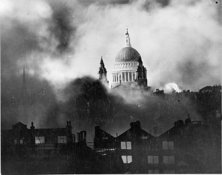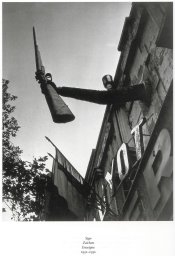guangong
Member
- Joined
- Sep 10, 2009
- Messages
- 3,589
- Format
- Medium Format
I don't disagree re: Goya but I do think it's long past the time when we deserve to see "artistic intent" in war photos.
Bob Carnie provided a good example.
Admitting that one doesn't know what "artistic intent", or some other idea "means" is both honorable and reasonable.
I am really not sure that Carnie's example proves the point about "artistic intent". Assuming that any war photographer has the ability to take reasonable good pictures and there are some photographers who just seem to have an innate talent for composition that always seems to be a part of every shot, this does not mean that they had an "artistic intent", by which I assume that you mean that they intended to create a work of Art (intentionally in caps) rather than presenting the conditions of war as well as they could under difficult circumstances. Or do you mean that after taking pictures the photographer selected those that were considered the best of the lot that they considered to be noteworthy pictures (This would seem to be the circumstances of Carnie's example). I believe that the question is not what I believe the expression "artistic intent" means but what you believe "artistic intent" means. That is what I am still not very clear about. Among my artist friends, unfortunately most of them "late friends", all represented in many of the great museums of the world, I don't remember ever hearing the expression "artistic intent" ever being used.
My own candidate for war pictures is Letizia Battaglia's pictures of the Mafia wars in Sicily. Her pictures resulted in the conviction of a number of Mafiosi, including a Prime Minister. Not beautiful pictures but they give expression of the terror that Sicilians lived under. But did they have "artistic intent" or some other intention?
May I suggest a book: "Intention" by the philosopher G.E.M. Anscombe. I read it when published in 1957, so I am not sure if still in print.







